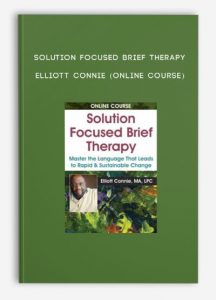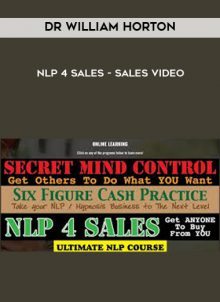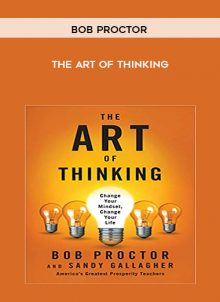Solution Focused Brief Therapy – ELLIOTT CONNIE (Online Course)
Description:
In this course, Elliott Connie, MA, LPC, Solution Focused Brief Therapy trainer, author, and psychotherapist walks you through the philosophical shift from problem to solution-oriented therapy — completely transforming your clinical practice.
No tricks, no theoretical rhetoric that takes years to understand – just simple, practical, innovative strategies that will transform your clients’ relationship with their perceived problems.
You’ll get real-world case examples, engaging stories, the opportunity to practice new skills, and in-session demonstrations.
With Solution Focused Brief Therapy, the emphasis is on the outcome.
For clients willing to take steps towards their desired outcomes — ready to focus on the present and future rather than the past — Solution Focused Brief Therapy is exactly what you need.
And it’s all available here…
What Distinguishes SFBT From Traditional Approaches?
- Key tenets, theories and the evidence behind SFBT
- How important is the problem?
- Why assessment, diagnosis and treatment planning don’t guide treatment
- ”The details drive the change”
- The absence of symptomology versus the presence of what clients most desire
- The two most important words in SFBT
Intentional Questions: The Strength Behind SFBT
- Reframe questions as invitations
- How to build questions that:
- Lead to meaningful answers
- Create change that sticks
- Harness your client’s strengths and resources
- Immediately replace resistance with buy-in
- Keep the client engaged throughout session
- Core SFBT questions:
- Desired Outcome: Discover what clients want to be different in their lives
- Resource Talk: Activate the client’s strengths
- Preferred Future: Elicit a detailed description of what the client wants
- Scaling: Measure progress toward the desired outcomes
- Coping Questions: Find positive resources even in difficult situations
Inside a SFBT Session: Innovative, Practical Strategies from Start to Finish
- Opening the Session
- Why your first few interactions are crucial
- How to elicit hope right away
- Key questions to instantly shift the client’s perspective
- The Core of the Session
- Working with one problem at a time
- Strategies to build momentum toward the client’s hoped for future
- Tolerating silence and using it as a valuable tool
- What to do when the client is focused on problems and symptoms
- Techniques to keep the client engaged and the session meaningful
- Closing the Session
- Specific strategies for effective session closure
- Increasing the likelihood of between-session work
- Video case examples: See each step of SFBT — in action!
SFBT Across Settings and Populations
- School-based SFBT
- Group therapy
- Children, adolescents and families
- Couples
- Addictions, trauma and severe mental illness
- Multicultural factors
- Ethical considerations
- Limitations of the research and potential risks
Be the one who is there for your clients as you confidently guide them to the next step toward their desired future. By the end of this training course, you’ll know how to:
Implement solution-focused strategies that improve clinical outcomes with a variety of patients, including those living with anxiety, depression, and strained relationships
Apply SFBT skills with patients both in-person and using a telehealth platform — offering patients hope and resilience in cases where these were lacking
Ask the right questions to help move your clients from “stuck” to hopeful as they stay engaged throughout sessions and shift problem-focused talk toward productive, solution-focused talk
Ensure that your clients know that you believe in them and that you believe that they can change
Elicit hope in clients and increase the likelihood of between-session work for diverse clients and populations, including couples, families, children, and adolescents
Activate client strengths and measure progress toward desired outcomes — helping them find coping skills in the most difficult situations
Assess when solution-focused therapy may NOT be of the best interest of your client…
And so much more!
NLP online course
So what is NLP?
Firstly, NLP stands for Neuro-Linguistic Programming. Secondly neuro refers to your neurology;
Thirdly linguistic refers to language however, programming refers to how that neural language functions.
As a result,In other words, learning NLP is like learning the language of your own mind!
Moreover, NLP is the study of excellent communication–both with yourself, and with others.
It was developed by modeling excellent communicators and therapists who got results with their clients.
NLP is a set of tools and techniques, but it is so much more than that.
In conclusion, It is an attitude and a methodology of knowing how to achieve your goals and get results.
Preview Information:
Original Page
Archive Page














Lord –
This is Digital Download service, the course is available at Vincourse.com and Email download delivery.